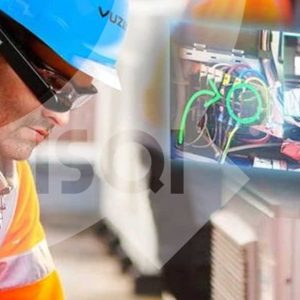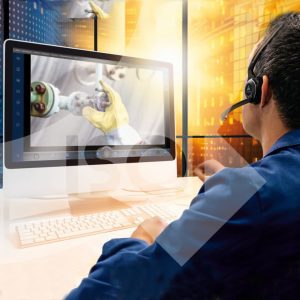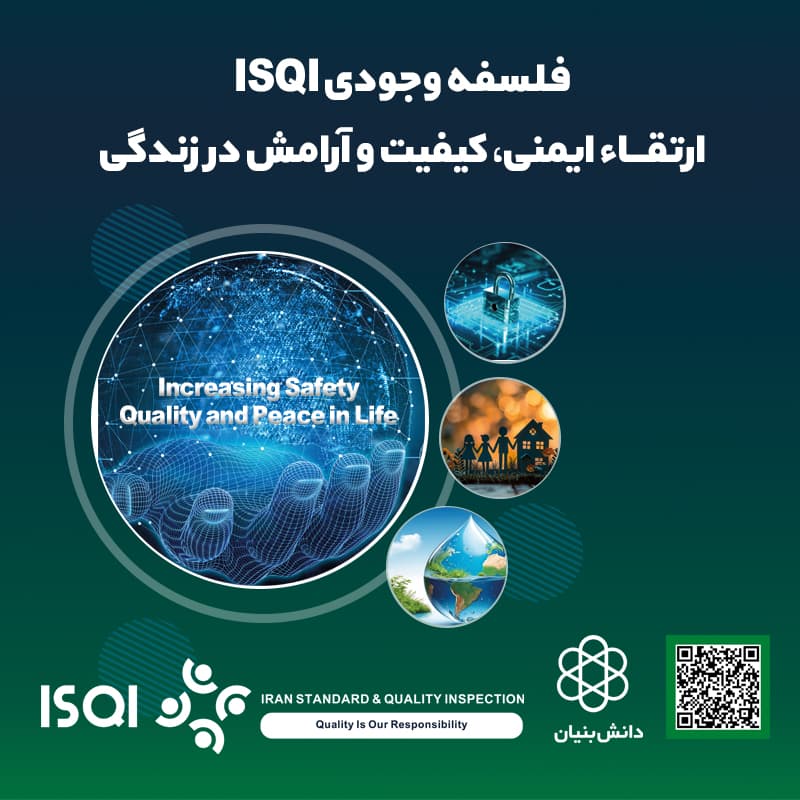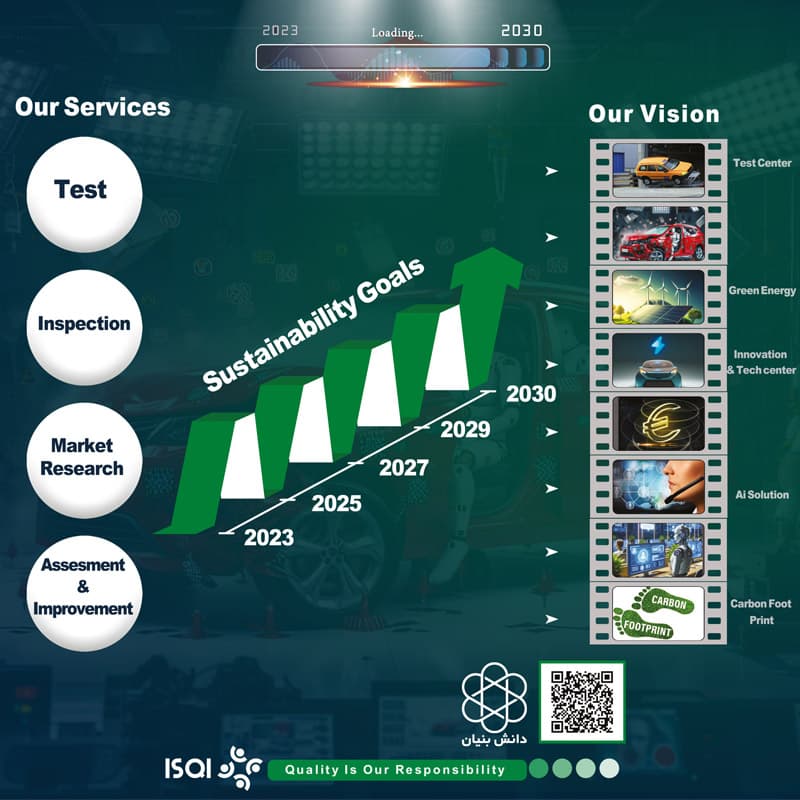Today, we are in the fourth industrial revolution, and wearable technologies promise to unlock the potential of businesses willing to keep up with the industry Hence, the AI market is growing rapidly and looks set to make a big leap in increasing workforce productivity.
Smart glasses can be a useful tool for performing inspection services in various industries and allow professionals to have a hands-free work experience while accessing relevant information and receiving guidance when solving inspection issues.
By using the capabilities of smart glasses, inspection services can become more efficient, accurate and collaborative. Smart inspection glasses put video and text information in the inspector’s field of view to improve their efficiency and productivity during inspections.
Applications of Smart Glasses in Inspection
Smart inspection glasses help specialists in this field in receiving information related to products and standards and showing the defects and appearance defects of the product. Below are some of the uses of smart glasses in conducting inspections:
- Wearable display:
Smart glasses provide a display that puts digital information on the user’s field of vision. This display can show relevant data, instructions or images during the inspection process and increase the user’s situational awareness.
-
Live video streaming:
These glasses have built-in cameras that can stream live videos. Inspectors can use this feature to share their field of view with remote experts, allowing them to guide the user in real time. This remote assistance can be invaluable for performing complex or specialized inspections.
-
Documentation and reporting:
Smart glasses can take photos or videos of the inspection process, allowing inspectors to easily document their findings. This documentation can be used as a valid reference in the future, analysis, or production of inspection reports.
-
Augmented reality covers (AR):
Augmented reality is a technology that provides information from the real world without blocking the user’s vision. The best tool in this regard is smart glasses. This technology is a combination of software and a display installed on the user’s head or eyes.
Smart glasses can also use augmented reality to inspect digital information such as key points, notes, diagrams or 3D models on physical objects and help the inspector in his/her work by displaying the background, instructions or additional measurements.
-
Barcode/QR Code scanning
Smart glasses equipped with a camera and image recognition capability can scan barcodes or QR-Codes on inspected objects. This feature enables inspectors to quickly access relevant information such as maintenance records, specifications or operating instructions.
-
Hands-free interaction without hand intervention:
One of the key advantages of smart glasses is that they are hands-free. This means that inspectors can access necessary information or navigate menus using voice commands, hand gestures or touch-sensitive bezels, allowing them to stay focused on the inspection task.
Education And Knowledge Transfer:
Smart glasses can be used for training purposes, where experienced inspectors can record their inspections and procedures. Novice and less experienced inspectors can then access these videos, which are a valuable resource for learning and knowledge transfer.
Data Analysis During Inspection:
Some smart glasses can be integrated with data analysis tools or connected to back-up systems. This feature allows inspectors to analyze data in real time during an inspection, identify trends or anomalies, and make informed decisions based on the information gathered.
Inspection Glasses:
Choosing the right glasses for inspection depends on the type of inspection and the exact specifications of the inspection. The following are generally recommended for inspection:
-
Microsoft HoloLens 2
HoloLens 2 is a highly advanced augmented reality headset with a wide field of view and accurate tracking. which provides an immersive AR experience, allowing the user to interact with holograms and visualize digital information overlaid on the real world. It is suitable for inspections that require complex visualizations, 3D models or spatial mapping.
-
Vuzix M400
Designed for hands-free operation, these smart glasses have a built-in camera, voice control and monocular display, provide live video streaming for remote experts to guide, and are suitable for a wide range of inspection tasks.
-
RealWear HMT-1
It is a durable wearable device with integrated micro display and camera. Sound control is the ability to remove noise from this device, which can be used in industrial environments due to its ability to remove noise. The HMT-1 is ideal for inspection in fields such as manufacturing, construction, or maintenance, where durability and hands-free operation are critical.
-
Epson Moverio BT-300
This device is a light weight smart glasses with built-in camera and augmented reality display. While it may not have the advanced features of some other models, it offers good image quality and is great for taking photos or videos during an inspection. BT-300 runs on Android devices and supports a wide range of compatible software.
There are two other models of inspection glasses that are relatively cheaper than the previous models in the market. These models have limitations compared to previous models in compatibility with inspection software.







